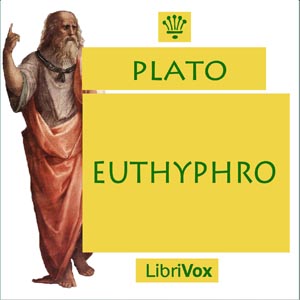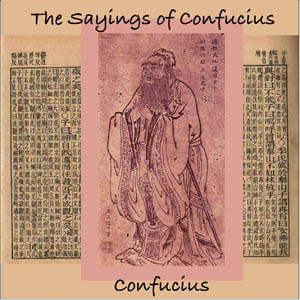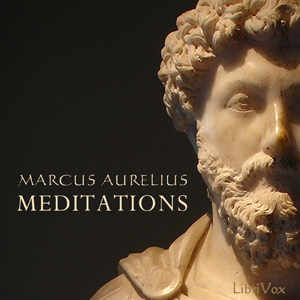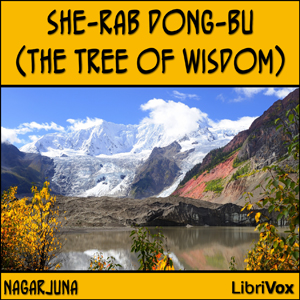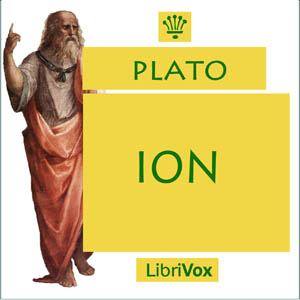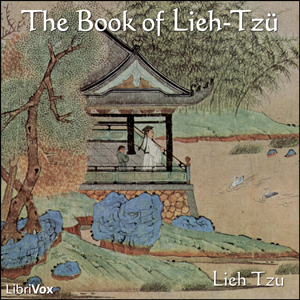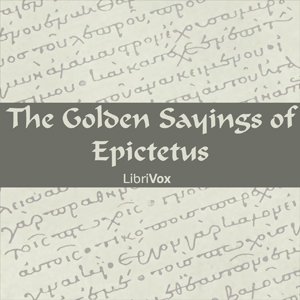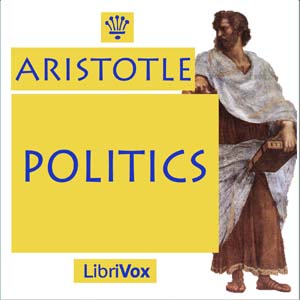- First Prapathaka
- Second Prapathaka
- Third Prapathaka
- Fourth Prapathaka
- Fifth Prapathaka
- Sixth Prapathka (Stanzazs 1 to 21)
- Sixth Prapathka (Stanzazs 22 to 38)
- Seventh Prapthaka
The word Upanishad (upa-ni-shad) consists of, "Upa" means "near;" "ni" means "down;" "shad" means "to sit." Thus, Upanishad is to sit down near the teacher to discuss, learn, practice, and experience. There are some 200 or more Upanishads. Some are lost and are only known about because of being referenced in other Upanishads. Most of the Upanishads were kept secret for centuries, only passed on to others orally in the form of Shlokas (a category of verse line developed from the Vedic Anustubh meter).
Maitra (Sanskrit: मैत्र) and Maitri (मैत्री) are related words which literally mean "kindly, benevolent, good will, amity, friend of all creatures". The Maitrayaniya Upanishad is associated with the Maitrayanas school of the Yajurveda. It discusses metaphysical questions relating to Atman (Self, Soul). It is a prose style Upanishad with seven Prapathakas (or lessons). The Maitrayaniya Upanishad was probably composed in late 1st millennium BCE.
The 11 principal Upanishads to which Sankara appeals in his great commentary on the Vedanta-Surtras are: Chandogya, Talavakara or Kena, Aitareya, Kaushitaki, Vajasaneyi or Isha, Katha, Mundaka, Taittirtiyaka or Taittiriya, Brihadaranyaka, Svetasvatara, and Prasna. They are also called the 11 classical Upanishads or the fundamental Upanishads of the Vedanta Philosophy. Apart from these, Maitrayana-Brahmana-Upanishad is also considered as an important Upanishad. The Upanishadic literature is not a religious scripture and is free from dogma and doctrines. It is not a part of any religion but is a philosophy for all times and for all. German philosopher Arthur Schopenhauer, impressed by the Upanishads, called the texts "the production of the highest human wisdom". Summary by Jothi
Maitra (Sanskrit: मैत्र) and Maitri (मैत्री) are related words which literally mean "kindly, benevolent, good will, amity, friend of all creatures". The Maitrayaniya Upanishad is associated with the Maitrayanas school of the Yajurveda. It discusses metaphysical questions relating to Atman (Self, Soul). It is a prose style Upanishad with seven Prapathakas (or lessons). The Maitrayaniya Upanishad was probably composed in late 1st millennium BCE.
The 11 principal Upanishads to which Sankara appeals in his great commentary on the Vedanta-Surtras are: Chandogya, Talavakara or Kena, Aitareya, Kaushitaki, Vajasaneyi or Isha, Katha, Mundaka, Taittirtiyaka or Taittiriya, Brihadaranyaka, Svetasvatara, and Prasna. They are also called the 11 classical Upanishads or the fundamental Upanishads of the Vedanta Philosophy. Apart from these, Maitrayana-Brahmana-Upanishad is also considered as an important Upanishad. The Upanishadic literature is not a religious scripture and is free from dogma and doctrines. It is not a part of any religion but is a philosophy for all times and for all. German philosopher Arthur Schopenhauer, impressed by the Upanishads, called the texts "the production of the highest human wisdom". Summary by Jothi
There are no reviews for this eBook.
There are no comments for this eBook.
You must log in to post a comment.
Log in


